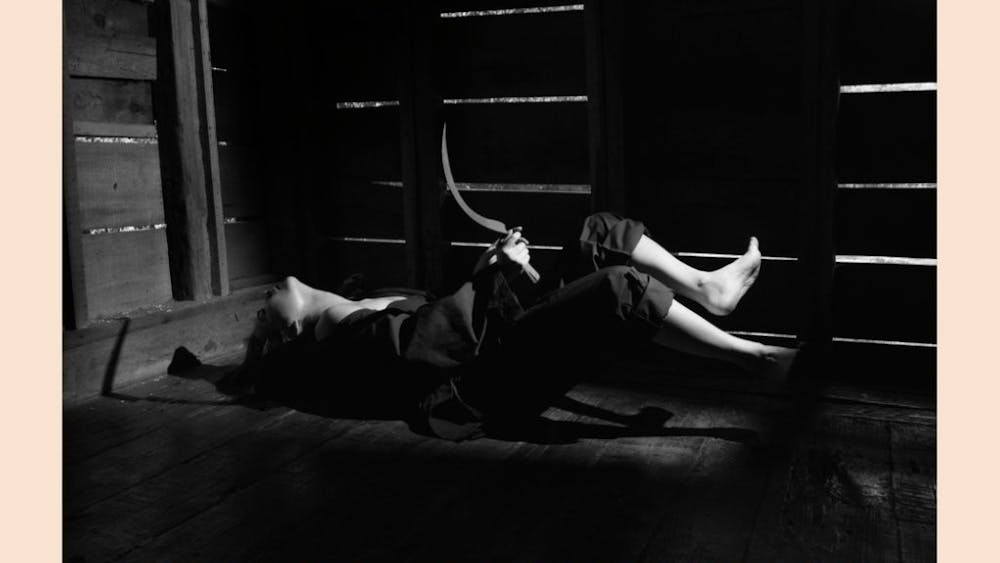On April 18, 1945, war correspondent Ernie Pyle was shot in the temple by machine-gun fire on the Japanese island of Ie Shima. He died instantly, but his legacy will endure in the hearts of many for a long time to come.
Last Saturday marked the 64th anniversary of the passing of this great journalist and remarkable IU alumnus, and hence, I would like to dedicate this column to his memory.
From Europe, North Africa, Asia Pacific and beyond, Pyle gave breathtaking accounts of America’s military campaigns during World War II. His columns were reprinted in as many as 300 newspapers at its peak and opened a window for the American public to witness the horrors of war.
Those stories painted powerful portraits of the human condition and left an indelible print on readers’ consciences.
As a war correspondent, Pyle marched alongside American GIs; he shared their blood, toil, tears and sweat while unmasking their stories. When he argued for “fight pay” – the compensation of the men in the front lines, for the sacrifice and risks they take – in one of his columns, any reader could tell that Pyle fully understood the conditions the men were facing and was convinced of the need to improve their welfare.
One key component of his success was his flair for writing. Pyle’s columns were famous for the interwoven human drama and vivid imagery that were written with sincerity and conviction.
This he displayed in “The Death of Captain Waskow,” a heartwrenching tale of love and pathos about the loss of a beloved officer. In another column, “A Dreadful Masterpiece,” he poignantly illustrated London and its splendor in its burning destruction.
Indeed, Pyle’s body of work truly embodied the idea of journalism as a public service.
His commitment to educating the masses by fully immersing himself with his subject matter and environment helped families all over America understand not only the war but also the economic slump during the Great Depression and the early days of the aviation industry.
On a personal note, Pyle’s Asiatic connection appeals to me. As a college student, Pyle visited East Asia, and that experience was the catalyst that set him on track for his illustrious career in journalism. Like him, I hope to visit East Asia and spend at least a year imbibing the culture there.
His death by the Japanese is also something with which I deeply empathize. My grandparents, who grew up in Singapore under the Japanese occupation in 1942 to 1945, lived to share stories of the heinous crimes the Imperial Japanese Army committed.
Ernie Pyle’s death resonates among the collective chorus of horrible tales of Japan’s reign of terror during that period.
It is important that we note this man’s ferocious work ethic. He was not only a talented man who was known for his amiability and knack for uncovering news; he also worked hard.
He could have retired after gaining celebrity for his widely read columns, which even inspired a Hollywood film, “The Story of G.I. Joe,” documenting his experience as a war correspondent, but he was compelled to perform the service of reporting until his tragic death 64 years ago.
Indeed, Ernie Pyle’s story and accomplishments have inspired and set the benchmark for journalists for generations to come.
Honoring Ernie Pyle
Get stories like this in your inbox
Subscribe




